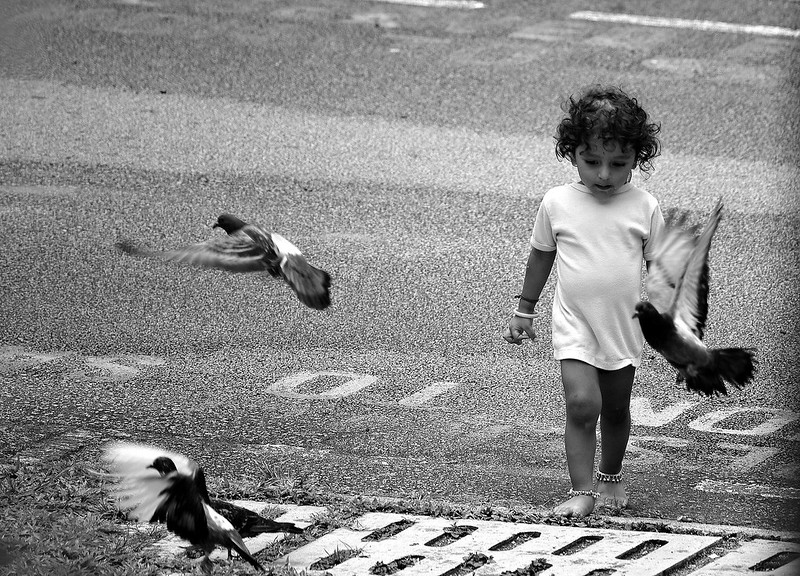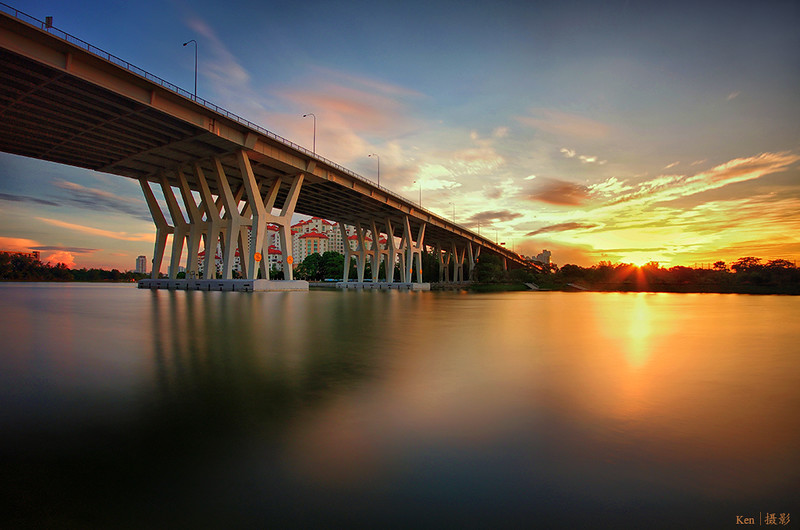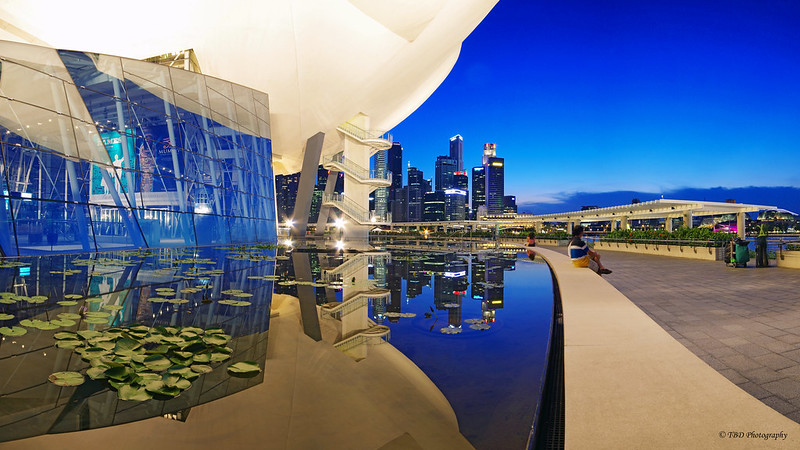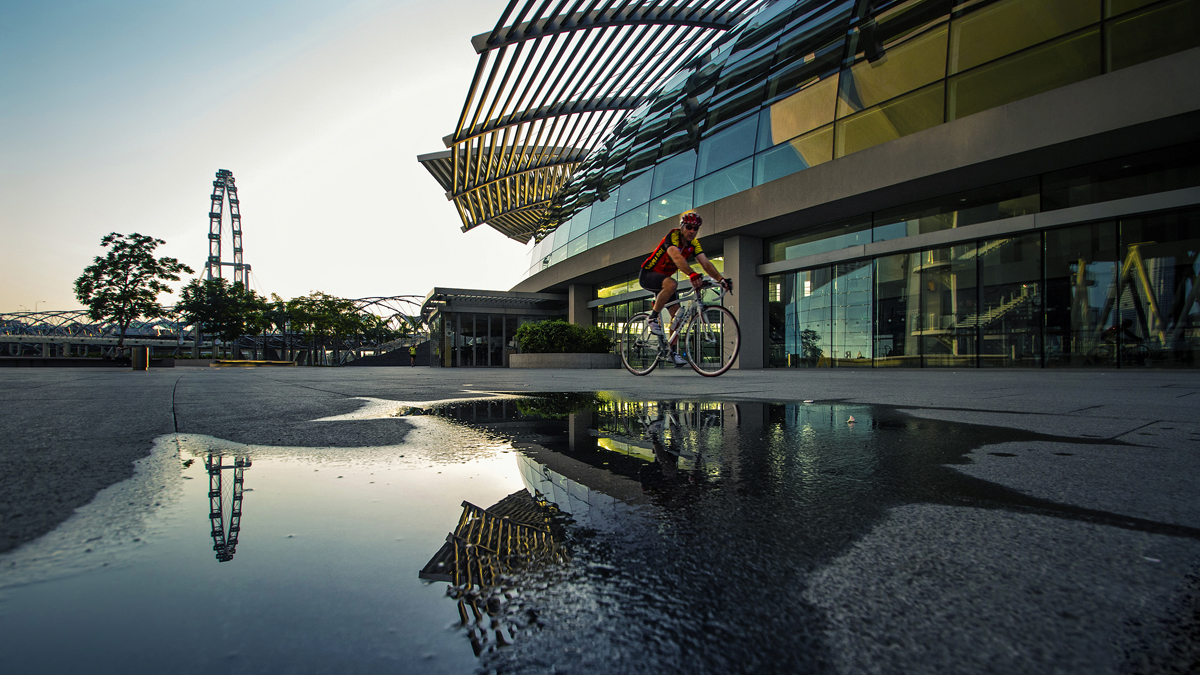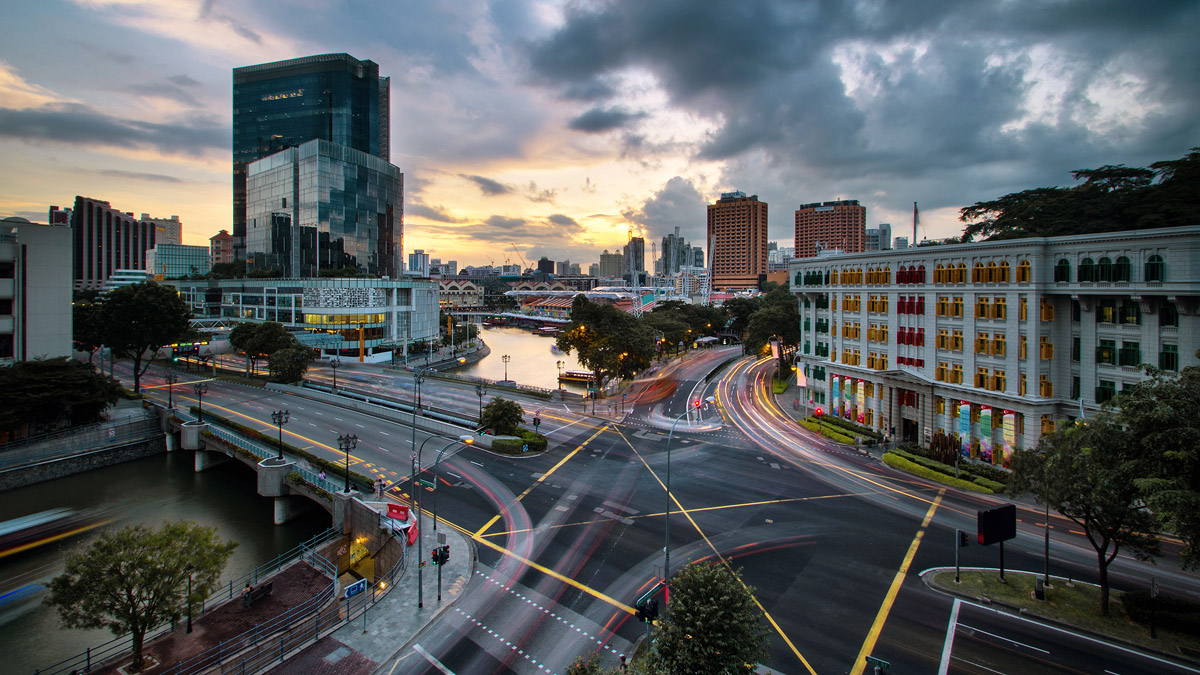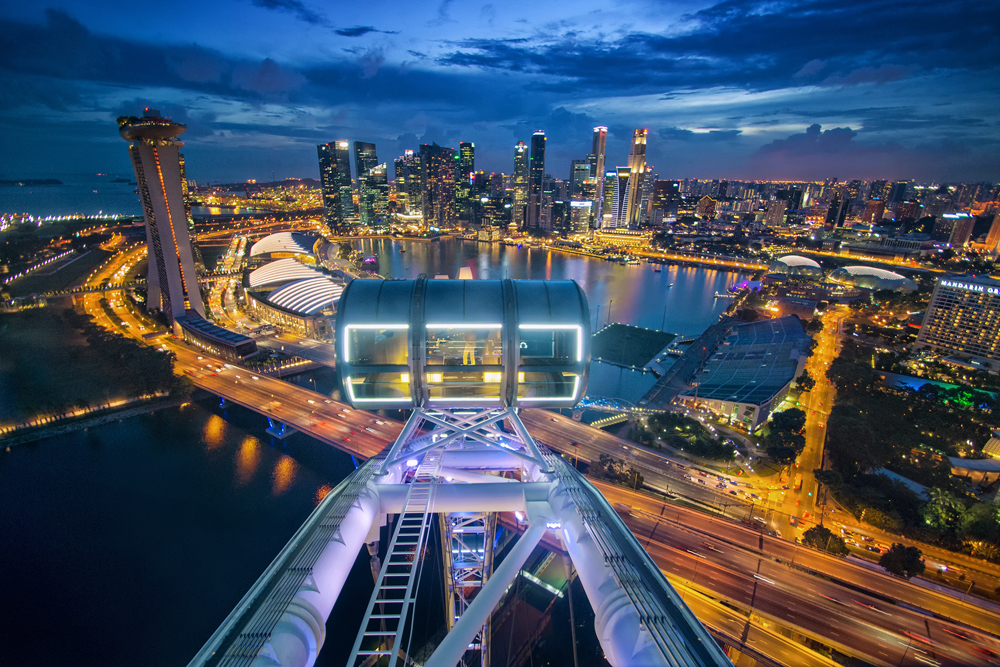Ah I just saw this.
As mentioned during the session yesterday, the nodal point is simply put, the magical point at which there is no parallax error. So if you line up two lines in the frame and move the camera about the nodal point, they will stay in line. So you can imagine - if they are out of line, how this would wreck havoc for the poor poor stitching program. One frame, there are things in line, the other frame, they are not. But if everything remains as they are across frames then stitching becomes a breeze.
If you are not shooting a composition where there are things in the frame closer than 2m (e.g. cityscapes) then one option is a simple levelling base + panballhead where you ensure that the base of the panballhead is level and pan. I've used this often and it stitches ok. Do note that vertical frames should optimally make use of a L plate to minimize shifting of the camera and minimize parallax error. Of course, if far away enough it will still stitch ok. The alternative is to reverse the order and have a panning plate mounted on top of a panballhead. Same principle.
If you do multirow, there's no buts about it, you need a panoramic head.
There are many types of panoramic head available, particularly for fisheye, you can see Nodal Ninja for panning clamp that clamp the lenses. Pretty darn cool.



